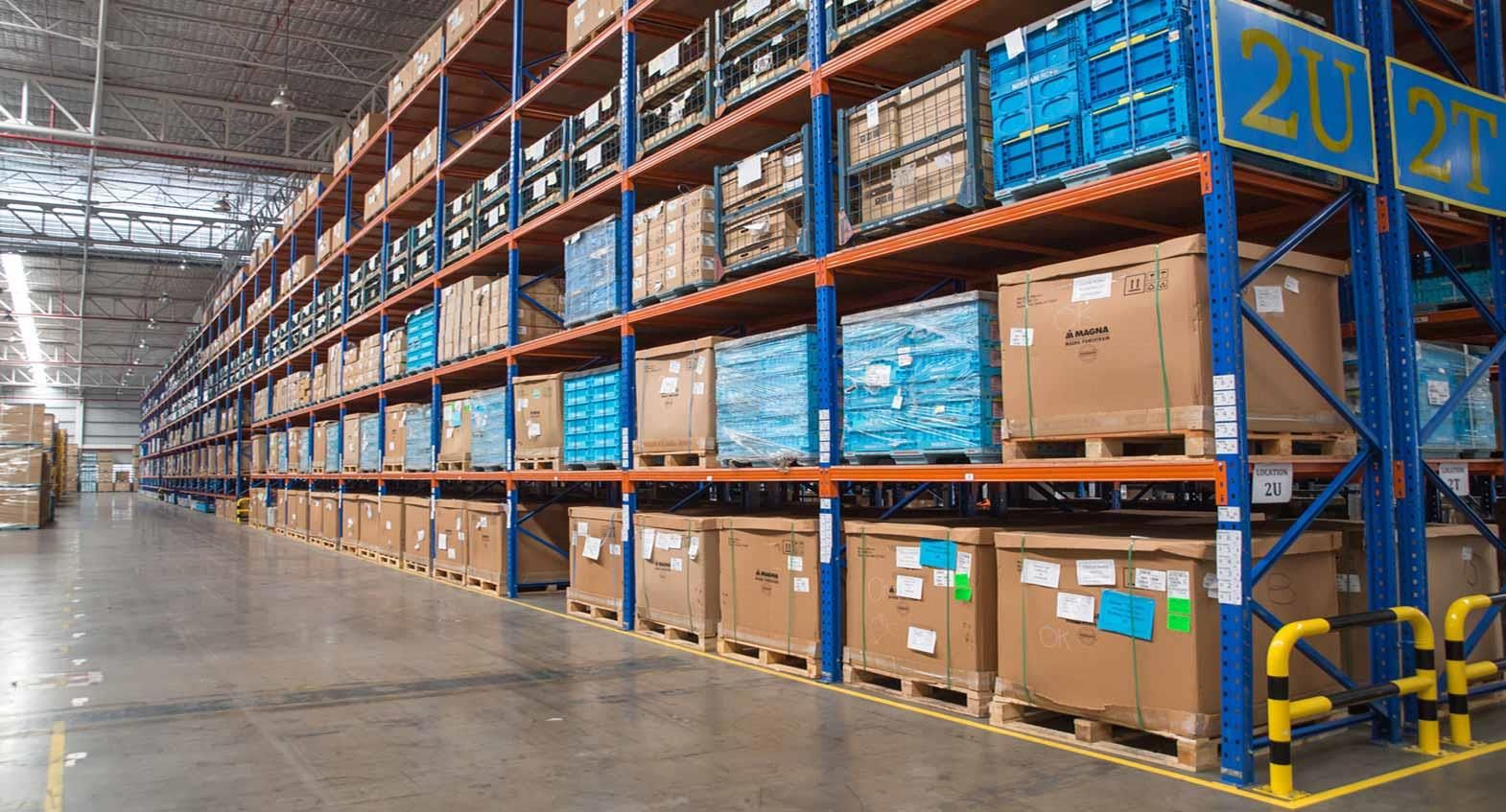In merchandise management, one has to buy the right products in the right quantity at the right price and should make it available to the customers at the right time. This integrated process of buying and managing the stock is an arduous task. Thus, various imperative details need to be considered in this inventory management.
It is very important for any organization dealing in inventories to keep track of the inward and outward inventories.
To manage the stock, the lowest level of detail to identify the products is known as the stock keeping unit. Stock keeping unit is ordinarily known as SKU or SKEW in retail language.
An SKU is the identification code which is framed by the retailer itself to identify the product among the stock of products it stores. A peculiar shirt of one particular brand, color, size, and style is one SKU. Generally, a series of numbers, alphabets, or a combination of both forms the SKU code. When a store has products that have very minute differences, SKUs make it easier to differentiate and mark the product with its code.
Stock keeping units, or SKUs as they are commonly referred to, are the individual products that the store carries, defined by brand, size, color, price, style, and pattern.
An SKU is not only assigned to physical products or merchandise but can also be used for services and to identify the same. Also, other services like extended warranties, delivery fees, installation fees, and licenses.
Assigning an SKU to every item in the storehouse or distribution could be an endless task for the manufacturer or retailer. This essential task has been made easier to perform by various computer software which assigns these codes smoothly, eliminating the chances of human error.
In today's retail formats of departmental stores and hypermarkets which are huge and carry a vast variety of goods, SKUs become an essential part of the inventory management. Different stores have different SKUs and can vary to a large extent. A supermarket may carry around 10,000 - 15,000 SKUs, a Hypermarket may range up to 80,000 - 1,00,000 SKUs. A single category retail store can have around 10,000 SKUs.
To understand SKUs with an example, assume a store with 4 brands for women's trousers. And these 4 brands are stocked in different sizes, colors, styles, and price points. The SKUs will be as follows:
4 brands - 4 SKUs
5 sizes - 20 SKUs
4 colors - 80 SKUs
3 price points - 240 SKUs
2 styles - 480 SKUs
Thus the above store consists of 480 SKUs as the depth of merchandise.
Similarly SKUs for every store is estimated Merchandise is classified into depth and breadth depending on the SKUs of products. The number of product lines or categories offered by a retailer is known as the breadth or width of assortment. For example an apparel store having mens wear, womens wear, accessories and footwear makes this the width of products offered. The number of SKUS offered in a particular category is known as the depth of products. Depth can be from shallow to deep depending on the store format.
Some SKUs include the year in the code. This is done for products which are in the store for consecutive years .Adding the year makes it simpler for the retailer to trace the year of the product in the store.
An SKU is often confused with UPC. UPC is Universal Product Code which can be same for a product with different retailers, whereas SKU can never be the same for two retailers.
SKUs are identification codes which enhance the ease in shopping for customers. There are instances when the customer wishes to buy a product at a later period which he can easily convey to the retailer at anytime through the SKU. Thus the retailer can comprehend easily what the customer is demanding. These SKUs or codes form a very important role for the e-retail customers to know the product while purchasing it at a later stage through online or any other medium. It serves as an easy way to compare the prices for different SKUs between different stores and products.
For the retailer it evidently performs a crucial role in tracking the inventory, performing audits and replenishing stocks with the help of the SKU code. It also eases the record keeping of sales at different locations, stores, amount and other detail.
After knowing the importance of an SKU it is equally important to rationalize the SKU at regular intervals to make the retail organisation more profitable. Cutting down or adding relevant SKUs is a difficult but essential decision. If the retailer cuts down the profitable SKU it can be taking up a sensitive and delicate decision.
Reference:
1.Citeman.com/9778-the-retail-marketing-mix.html#ixzz2qXZSRoe0 (20th Jan,2014)
2.Ijater.com/Files/2348e7d6-81d3-408f-83ff-910da8c8eaa4_IJATER_08_12.pdf (24th Jan,2014)
3.Investopedia.com/terms/s/stock-keeping-unit-sku.asp (12th March,2014)
4.Quantumretail.com/tag/sku-rationalization/(2nd June, 2014)
The author is a specialist in retail terms and topics.








Comments